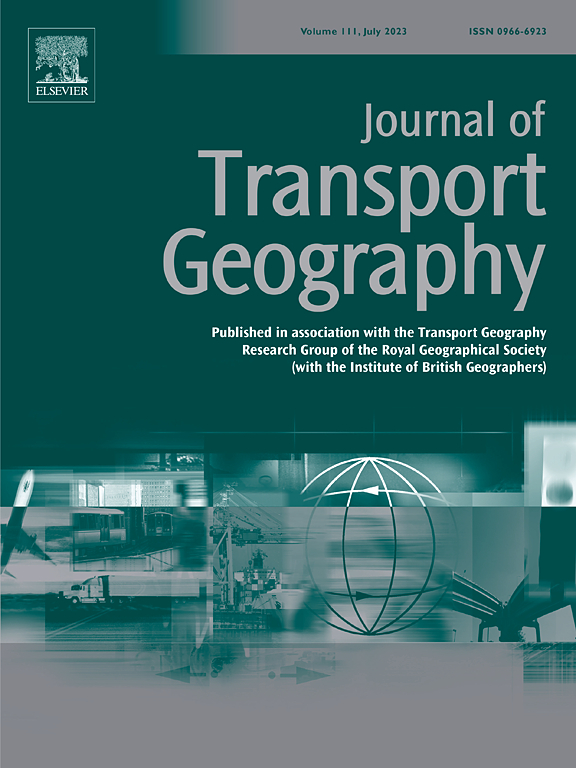Adaptive scootability index: Built environment, travel purpose and e-scooter preferred route
IF 5.7
2区 工程技术
Q1 ECONOMICS
引用次数: 0
Abstract
E-scooter sharing has gained popularity globally. While previous research has explored the relationship between e-scooter usage and the built environment, scant attention has been devoted to evaluating how the built environment affects e-scooter route choices with different trip purposes. This study thus proposes an analytical framework to examine e-scooter route preferences across diverse trip purposes and develops an adaptive scootability index using ensemble feature weighting. By analyzing 161,426 e-scooter GPS trajectories from Brisbane and Christchurch, we found e-scooter sharing was mainly used for non-commuting trips (e.g. dining, leisure). The computation of adaptive scootability index revealed that e-scooter route preferences did vary with trip purposes. For instance, e-scooter trips to access public transit are more direct and favor streets of higher hierarchy, while leisure trips prefer scenic routes with gardens and abundant greenery. Finally, the mapping of scootability can help identify streets that require enhancements to promote e-scooter related travels.
求助全文
约1分钟内获得全文
求助全文
来源期刊

Journal of Transport Geography
Multiple-
CiteScore
11.50
自引率
11.50%
发文量
197
期刊介绍:
A major resurgence has occurred in transport geography in the wake of political and policy changes, huge transport infrastructure projects and responses to urban traffic congestion. The Journal of Transport Geography provides a central focus for developments in this rapidly expanding sub-discipline.
 求助内容:
求助内容: 应助结果提醒方式:
应助结果提醒方式:


